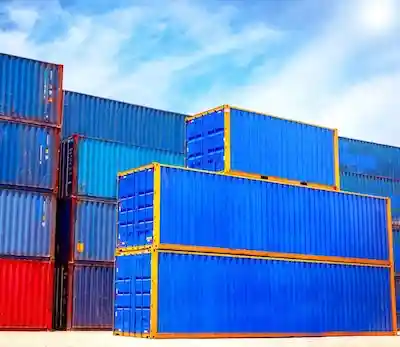Curious about the ventilated shipping container? Your complete guide [2025]
![Curious about the ventilated shipping container? Your complete guide [2025] - image №29](https://pelicancontainers.com/wp-content/uploads/2022/08/1659647944410_.jpg.webp)
Ventilated containers have specific openings or fitted vents for air circulation, as their name implies. In most containers, you can see these vents on the rails at the top and bottom. It is also possible to customize shipping container air vents to match certain kinds of cargo.
Often referred to as “coffee containers”, ventilated containers are used to move cocoa beans, coffee beans, and other moisture-sensitive products.
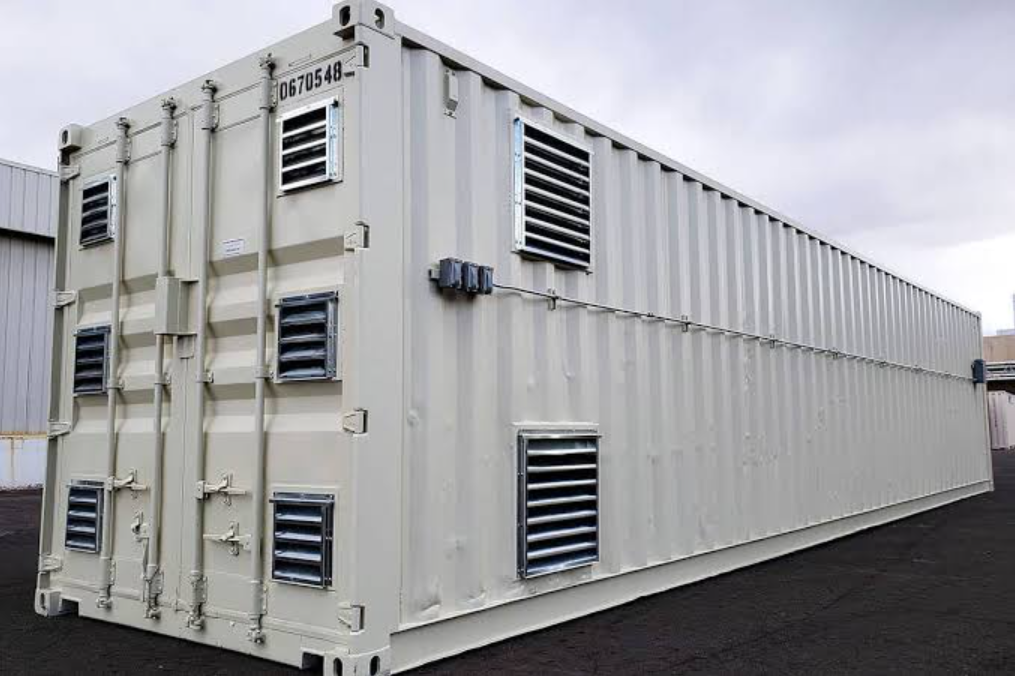
How Ventilated Shipping Containers Differ from Standard Containers
Ventilated shipping containers significantly differ from standard ones. They have holes cut into them to provide regulated airflow and enough ventilation on the inside. Air flow vent containers are designed specifically to move perishable goods in a safe atmosphere that preserves their freshness and quality during travel. For exact temperature control, certain vented containers provide optional refrigeration capacity. However, while ventilated containers guarantee some protection, it is not nearly as much as that of their standard equivalents.
You can take a look at dimensions and load capacities of 20ft and 40ft ventilated containers to better understand their construction:
| Container type | Dimension type | Length | Width | Height | Load capacity (kg) | Load capacity (Ibs) |
| 20-foot ventilated container | External | 20 feet | 8 feet | 8.5 feet | 28,000 – 30,000 | 61,729 – 66,139 |
| Internal | 19 feet 4 inches | 7 feet 8 inches | 7 feet 10 inches | |||
| 40-foot ventilated container | External | 40 feet | 8 feet | 8.5 feet | 26,000 – 28,000 | 57,320 – 61,279 |
| Internal | 39 feet 5 inches | 7 feet 8 inches | 7 feet 10 inches |
Primary Uses for Ventilated Shipping Containers
Ventilated shipping containers are primarily used to transport:
- Fresh vegetables and fruits;
- Plants and cut flowers;
- Medical supplies, vaccines, and temperature-sensitive medications;
- Seafood goods like fish, shrimp, lobster, etc.;
- Dairy goods like milk milk, cheese, butter, and yogurt;
- Meats like beef, chicken, pork, etc.;
- Natural cosmetic goods;
- Sensitive electronic devices and components.
Also, as mentioned above, air flow vent containers are widely used to transport products like coffee beans, cocoa, grains, and spices. Other types of cargo transported and stored in them include wood and timber-related products, textiles, ceramics, and leather. The airflow prevents mold, mildew, and spoilage, reduces the risk of warping or damage from trapped moisture, and maintains product integrity.
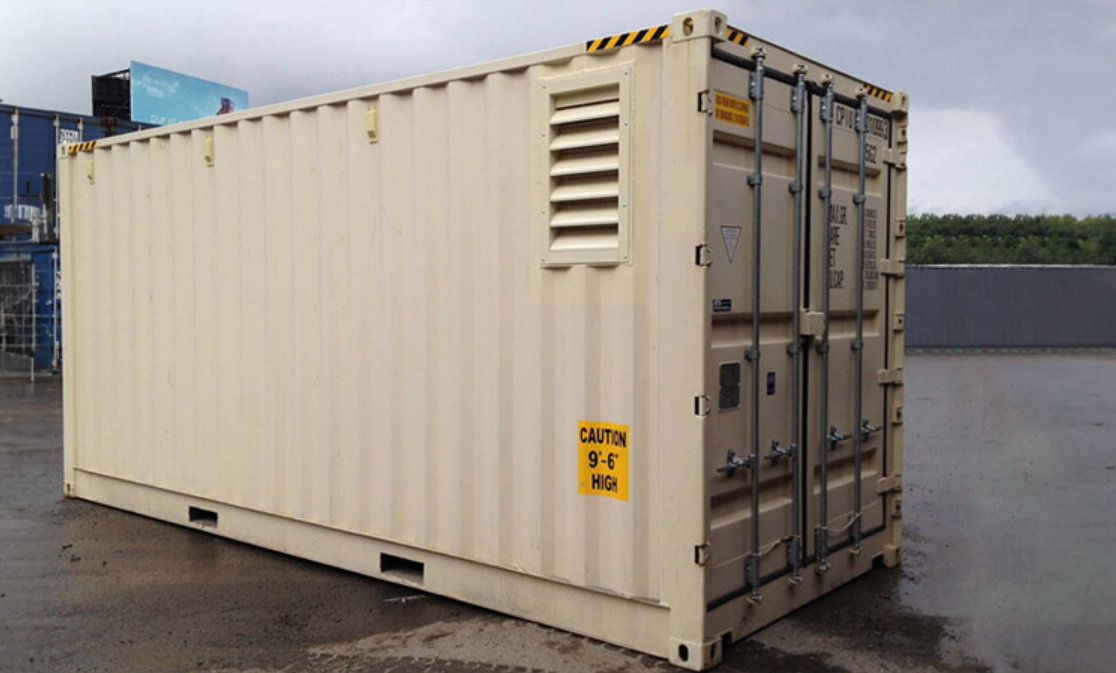
Key Benefits of Using Ventilated Shipping Containers
Notable benefits of storage container ventilation include:
- Enhanced perishable goods air circulation. The cargo is kept in a well-ventilated atmosphere thanks to container vents. The constant flow of air helps maintain everything at a comfortable temperature and keeps humidity from being too high.
- Preventing mold growth and condensation. Excess moisture that might lead to condensation is removed by the vented containers’ regulated airflow and storage container ventilation. Keeping a dry inside helps these containers protect perishable items from mold development, therefore preserving their freshness and safety.
- Increased cargo freshness and quality. Shipping container vents prolong the shelf life and reduce spoilage of fruits, vegetables, and flowers by limiting exposure to moisture and avoiding temperature swings.
- Ventilated transportation and storage. Ventilated shipping containers are perfect for keeping perishable goods in warehouses or distribution centers because they include fitted vents that allow for constant ventilation.
- Less contamination and odor risk. Odors are well dispersed by the regulated airflow, which prevents them from permeating other goods or the container. Proper ventilation also reduces the accumulation of mold and excess moisture.
Moreover, these containers fit ships, trucks, and trains among other means of transportation due to their uniform dimensions. Ventilated shipping containers also satisfy certain standards for design and manufacture, including appropriate ventilation, insulation, security elements, and space restrictions.
Different Types of Ventilated Shipping Containers
Although they have a similar use, vented containers differ in nature:
- Standard ventilated containers. These are the most commonly used ventilated containers, equipped with ventilation openings along their upper side panels.
Their dimensions are:
| 20-foot standard ventilated container | 40-foot standard ventilated container | ||
| External dimensions | 20 feet (L) x 8 feet (W) x 8.5 feet (H) | External dimensions | 40 feet (L) x 8 feet (W) x 8.5 feet (H) |
| Internal dimensions | 19 feet 4 inches (L) x 7 feet 8 inches (W) x 7 feet 10 inches (H) | Internal dimensions | 39 feet 5 inches (L) x 7 feet 8 inches (W) x 7 feet 10 inches (H) |
These containers are perfect for transporting items that are sensitive to moisture, such as fabrics, wood, and agricultural products like grains, coffee, and cocoa. Container vents inhibit mildew, fungus, and spoiling.
- High cube ventilated containers. High cube ventilated containers are a variation of the standard type with increased height to accommodate larger or bulkier cargo.
Their dimensions are:
| 20-foot high cube ventilated container | 40-foot high cube ventilated container | ||
| External dimensions | 20 feet (L) x 8 feet (W) x 9.5 feet (H) | External dimensions | 40 feet (L) x 8 feet (W) x 9.5 feet (H) |
| Internal dimensions | 19 feet 4 inches (L) x 7 feet 8 inches (W) x 8 feet 10 inches (H) | Internal dimensions (approximately) | 39 feet 5 inches (L) x 7 feet 8 inches (W) x 8 feet 10 inches (H) |
High cube containers are often used for substantial but highly light items, including horticultural products (plants, seeds, or flowers), which need more room and ventilation to be transported safely.
- Specialized ventilated containers. They are used for certain shipping requirements and include modified or custom-built designs fit for certain goods or industry standards. Specialized ventilated containers feature advanced airflow systems for transporting/storing sensitive cargo, custom dimensions to fit non-standard goods, and reinforced structures for heavier ventilation-specific goods like treated lumber and perishable agricultural items.
These containers are often used in sectors with very particular transportation requirements, including goods with odd sizes that need both ventilation and customized solutions, experimental horticultural items, and specialty agricultural products.
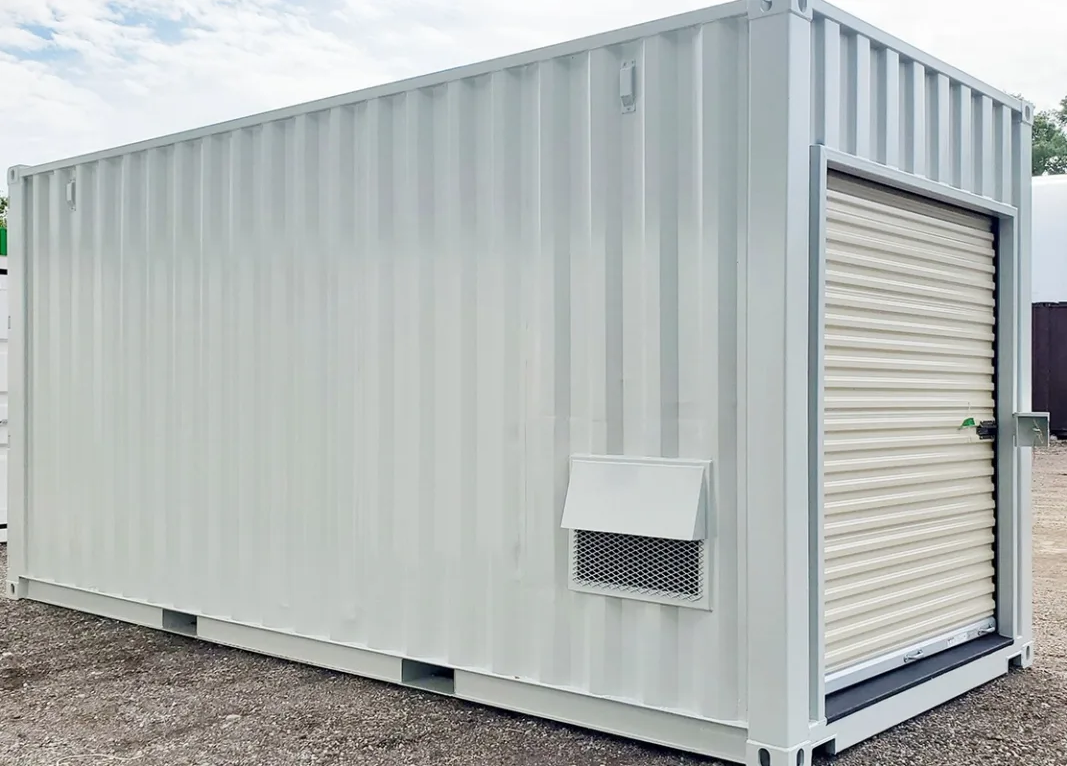
Choosing the Right Ventilated Container for Your Needs
Thinking about how to use air flow vent containers? Before choosing a ventilated container, think about what you’re shipping. If your products are moisture-sensitive — such as grains, coffee beans, or timber materials — you should always use a standard vented container. Its sea container vents prevent moisture, mold, and mildew. On the other hand, if you are handling light but bulky items like flowers, fabrics, or plants, you will value the additional vertical space of a high cube ventilated container. In turn, a specialied ventilated container is perfect for unusual and unconventional shipments, such as treated lumber or specialist agricultural products.
Second comes size. Don’t undervalue the need of weighing your shipment; it will prevent subsequent problems. 20ft containers are generally sufficient for lesser or ordinary loads. A 40-foot container is suitable for larger, heavier goods, whereas high cube containers are ideal for lightweight yet space-intensive commodities.
Think now about the transportation environment. Is your route humid? Are you passing across areas with varying temps or tropical climates? Designed to manage moisture, a well ventilated container will preserve airflow and protect your products. If your package is going to take weeks to reach its destination, durability is of the utmost importance since long travels may be challenging. Customized containers often have additional protection elements to control environmental pressures for very delicate goods.
Here are some pointers to help you decide at last. If you don’t commonly transport products, think about leasing a well ventilated container instead of purchasing. Always carefully check a container before committing to it; look for strong construction, undamaged ventilation systems, and no evidence of wear and tear that could compromise its function. And when in doubt, consult logistics professionals to help you choose the appropriate container for your particular purpose.
Maintenance and Care for Ventilated Shipping Containers
If you want your vented shipping containers to last and work well, you must maintain them properly. Start with routine inspections; check ventilation systems to guarantee appropriate airflow, inspect seals for wear, and look for any structural damage or corrosion and fractures. Intact seals keep out dirt, insects, and water, while clear shipping container vents prevent moisture from building up.
Cleaning is just as important. Pay special care to the walls, flooring, and sea container vents when you wash the inside with water and a gentle detergent after each usage. Keep the container totally dry to avoid mold or corrosion, and don’t use strong chemicals.
Repairs should be done promptly. Use rust-proof sealant to treat little corrosion and fix dents or cracks before they get worse. For more serious problems, it’s best to have a professional’s aid to keep the container safe.
Finally, good storage safeguards your containers even in non-use. You should protect them from severe weather and place them on flat, elevated land. If you want your ventilated containers to last for future shipments, you have to take good care of them.
Vanessa is a dedicated writer and content enthusiast at Pelican Containers. With a background in practical writing and a keen eye for clarity, she transforms complex container topics into easy-to-understand and useful content. Her passion lies in exploring the evolving world of container usage — from smart storage hacks to global logistics trends.
When she's not writing, Vanessa loves discovering creative shipping container projects or traveling to find new inspiration.
Explore thoughtful, informative, and accessible content with Vanessa!
Vanessa is a dedicated writer and content enthusiast at Pelican Containers. With a background in practical writing and a keen eye for clarity, she transforms complex container topics into easy-to-understand and useful content. Her passion lies in exploring the evolving world of container usage — from smart storage hacks to global logistics trends.
When she's not writing, Vanessa loves discovering creative shipping container projects or traveling to find new inspiration.
Explore thoughtful, informative, and accessible content with Vanessa!
FAQ
What are ventilated shipping containers and why are they important?
A ventilated container is a standard shipping container with additional ventilation (this is necessary to stop condensation within the container). Condensation may harm cargo that is sensitive to temperature and environment, such as cocoa beans and coffee, and this is why shipping container air vents are important for shipping them safely.
How do ventilated containers differ from standard containers?
Ventilated containers provide continuous airflow via their built-in vents, in contrast to the sealed and airtight nature of standard shipping containers. This avoids the problem of condensation accumulation, which is prevalent in standard containers and may be a problem during climate-sensitive or long-distance transportation.
What are the key benefits of using ventilated shipping containers?
Ventilated containers regulate humidity levels and preserve ventilation, preventing damage from moisture. Durable and adaptable, they fit products with temperature sensitivity. Their design guarantees that goods will arrive in perfect condition, avoiding expensive losses.
What types of goods are best suited for ventilated containers?
Ventilated containers are perfect for goods that need airflow or are vulnerable to moisture deterioration. Among the examples are coffee beans, cocoa, cereals, fresh vegetables, textiles, lumber, and several kinds of machinery.

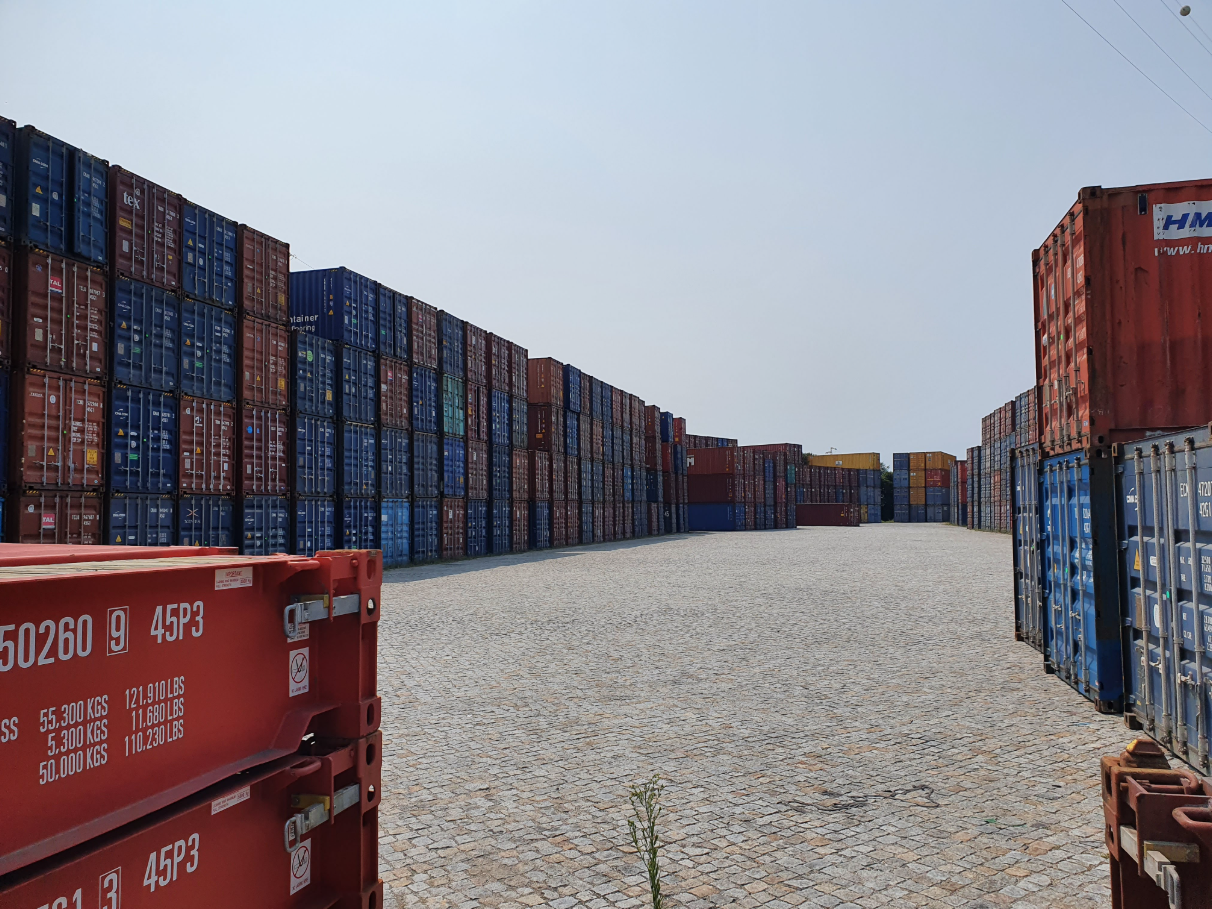

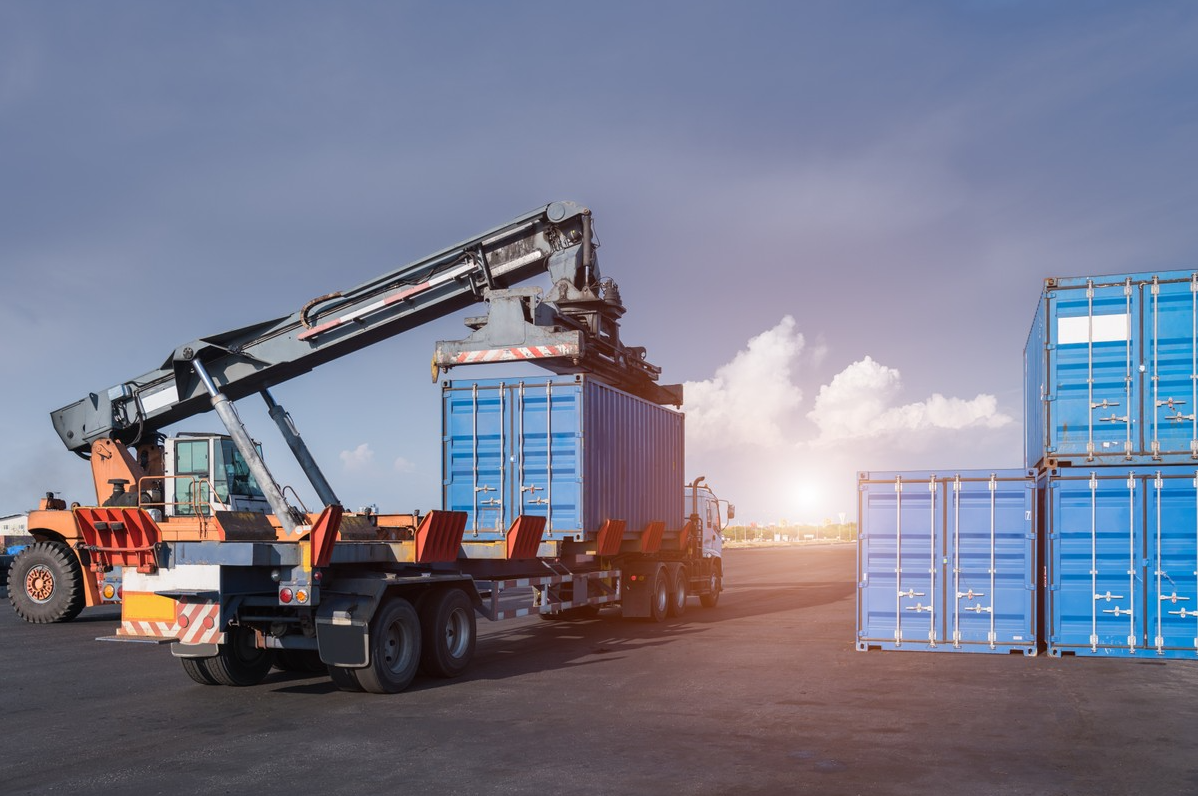
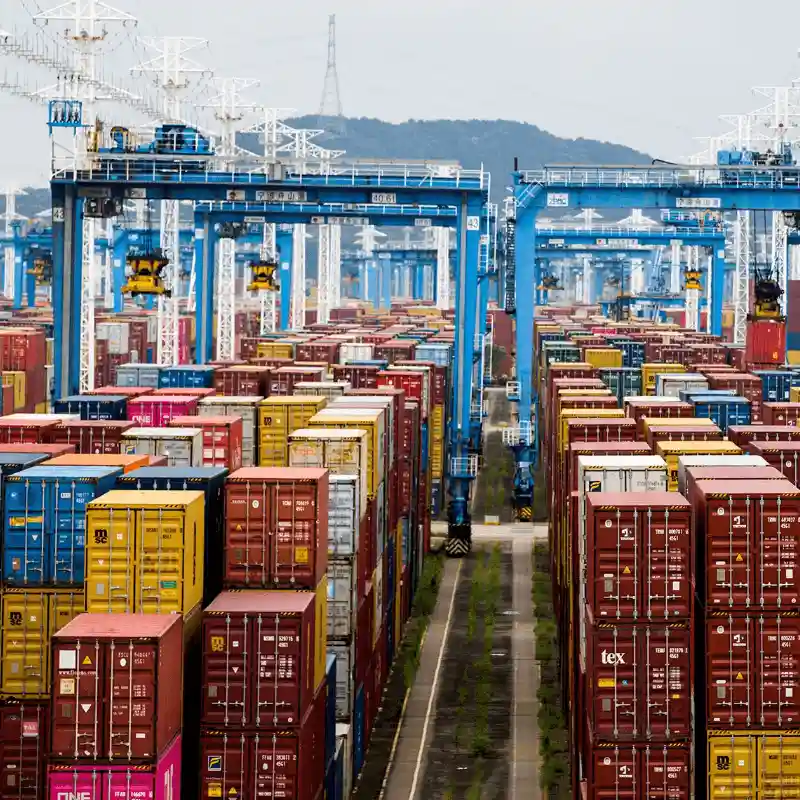
![Port of Nhava Sheva: Keys to success, container terminals, and future prospects Curious about the ventilated shipping container? Your complete guide [2025] - image №43](https://pelicancontainers.com/wp-content/themes/pelican-wp/img/holder.png)

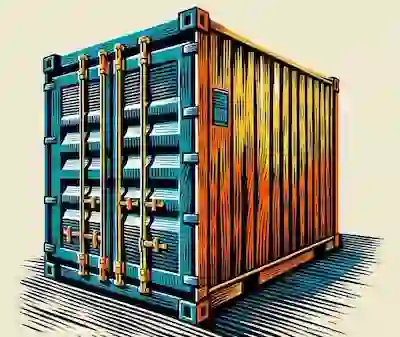
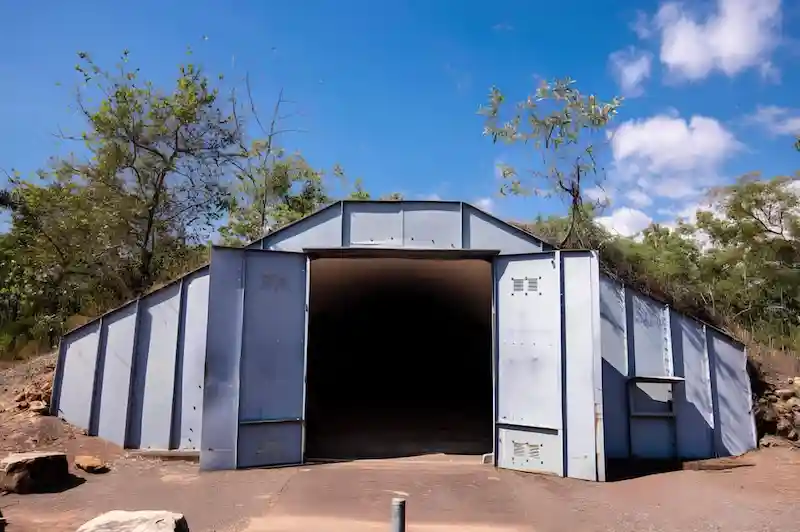
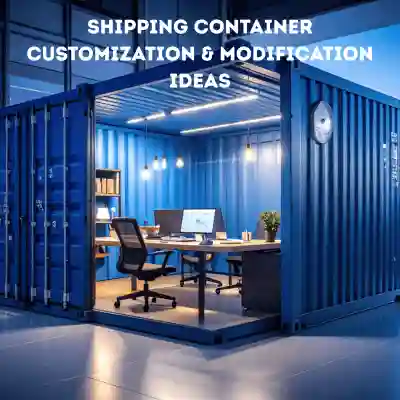
![1K8PQC2 Curious about the ventilated shipping container? Your complete guide [2025] - image №49](https://pelicancontainers.com/wp-content/uploads/2025/07/1K8PQC2.jpg)
